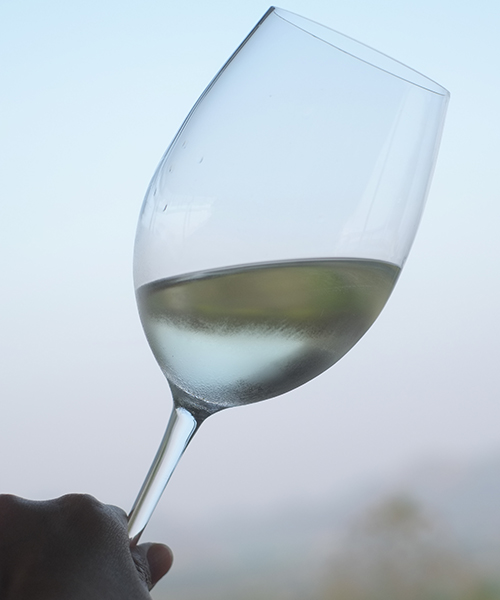
Riesling is definitely one of the most misunderstood grapes in the entire wine world. The grape tends to incite extreme emotions. However, for a variety that garners such strong opinions, most wine drinkers don’t actually understand the complexity behind this noble grape. Here are nine questions you’ve always had about Riesling but have been too afraid to ask, answered.
What is Riesling?
Riesling is a highly aromatic grape variety used to make white wine all over the world. It is around the 20th most widely planted grape variety in the world and is known for producing very terroir-driven wines.
What does Riesling look like?
Riesling is a green-skinned grape variety. The grapes are round and moderately sized. Riesling grapes affected by noble rot begin to turn a pinkish-purple and shrivel in size.
Where is Riesling from?
Riesling is originally from the Rhine region of southwestern Germany.
Where does Riesling grow?
Riesling is originally from Germany and is still the country’s most widely planted grape. Other notable regions for the variety are Alsace (France), Australia, the Finger Lakes, and Austria. Significant plantings are also popping up in Washington State, Friuli, and Canada.
Are all Rieslings sweet?
Not at all. Wines made from Riesling range all over the spectrum, from bone dry to very sweet.
Are Riesling and dessert wine the same thing?
No. Late-harvest Rieslings can be served as dessert wines, but again, not all Riesling-based wines are sweet. Dessert wines can be made from Riesling, though there are many, many other dessert wines out there that are made from various other grape varieties (Chenin Blanc and Muscat are two major examples).
What does Riesling taste like?
Riesling produces wines that are both dry and sweet; flavor profile varies depending on where the grapes come from and how ripe they are when they’re harvested. Riesling-based wines can show flavors of citrus, lemon peel, and other tree fruit (nectarine, apple, peach), as well as notes of gasoline and honey.
Why does Riesling sometimes smell like gasoline?
Don’t worry, there’s definitely zero gasoline in your Riesling; the grape naturally produces a compound called TDN during ripening and aging, imparting these unique aromas and flavors to the wine. It’s totally natural and nothing to worry about, and it can actually be quite delicious.
How long can Riesling age?
Due to its extremely high acidity, the structure in Riesling wines allows them to age for decades. For dry Rieslings, the average aging time is five to 15 years, while sweeter Rieslings can age for up to 30-plus years!
How much does Riesling cost?
Like every wine, Riesling can be found at price ranges all over the spectrum. However, many consumers don’t realize that Riesling produces some of the most expensive wines in the world! The highest tier of dessert wines (called trockenbeerenauslese) have been known to fetch multiple thousands of dollars per half-bottle!
